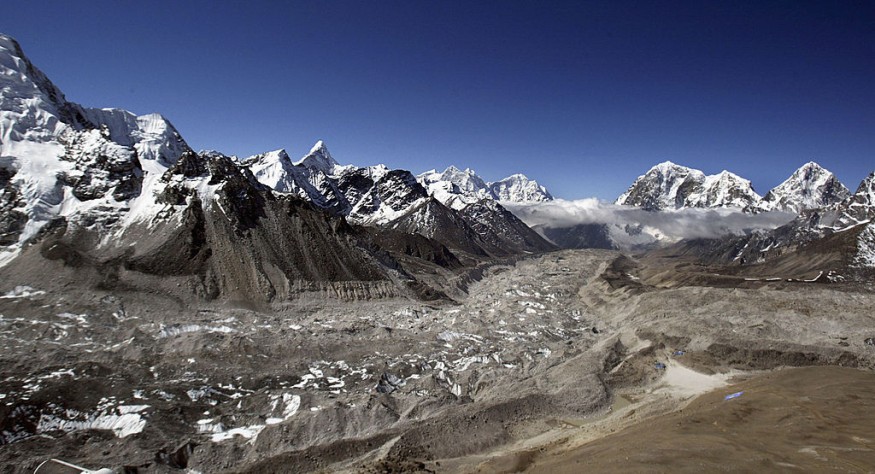Tibet is a region holding one of the world's largest carbon sinks through one of its continental glaciers called the Laohugou Glacier No. 12. However, scientists in their new study recently discovered the unprecedented high carbon losses in the glacier located in Nepal's Tibetan Plateau on the northern part of the Himalayas Mountain region.
The scientific team arrived at their conclusion by analyzing soil bacterial community structure in the said glaciers, described to be in dry conditions with low temperature compared to their counterparts in the polar continents of the Arctic and Antarctica.
The carbon loss findings are based on the depletion of carbon dioxide in the icy structure's carbon sink, considered by the new research to be closely related to microbial activities and soil developments along the glacier forelands.
Acting as natural reservoirs of the environment-damaging greenhouse gas, carbon sinks around the world have been deemed by climate scientists to accelerate climate change and global warming. Recent research suggests that ice melting could release an insurmountable content of carbon dioxide into the atmosphere, acceleration the greenhouse effect and heating of the planet.
A Warming Planet

In recent years, related losses of carbon stored in ice sheets and permafrost soils have been reported in the Arctic and Antarctica, located both at Earth's most extreme ends. Previous studies have shown the brunt of the ongoing climate crisis have affected the northern and southern icy continent.
The new discovery sheds light of the warming planet's expanding impact, which is taking a toll event in areas leaning towards the equator. The invisible line around the center of the Earth includes countries and regions, Tibetan Plateau, where the climate is relatively warmer.
The new paper published in ISME Communications on Tuesday, August 9, highlight this emerging threat, which has been decades in the making.
This trend is also supported by various research in the past, attributing the crisis is worsened by human-related activities such as greenhouse gas emissions and burning of fossil fuels.
Laohugou Glacier No. 12
The new study was led by scientists from China, including researchers at the University of Chinese Academy of Sciences in Beijing.
The research team discovered that soil organic carbon decreased from 22.21 g kg-1 to 10.77 g kg-1 after receding for 50 years.
Carbon Loss
In a separate yet related global study led by Yale University published in the journal Nature, researchers found warming temperatures can lead to soil carbon loss by the year 2050, as cited by the UK Centre for Ecology & Hydrology.
The Yale University study claims carbon losses will be greatest in the colder regions of the world, especially in high latitudes where vast amounts of the greenhouse gas are stored.
The American Museum of Natural History (AMNH) emphasizes the process of carbon losses are hastened when humans burn fossil fuels and cut down forests, which disturbs the balance currently in place in the environment.
Related Article: Carbon Loss from Soil Accelerating Climate Change
© 2025 NatureWorldNews.com All rights reserved. Do not reproduce without permission.





